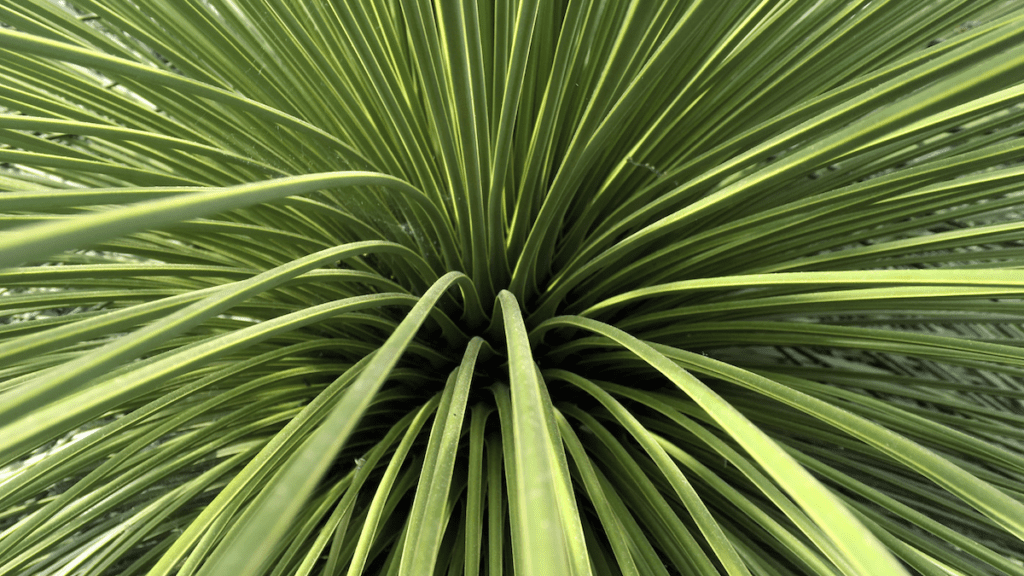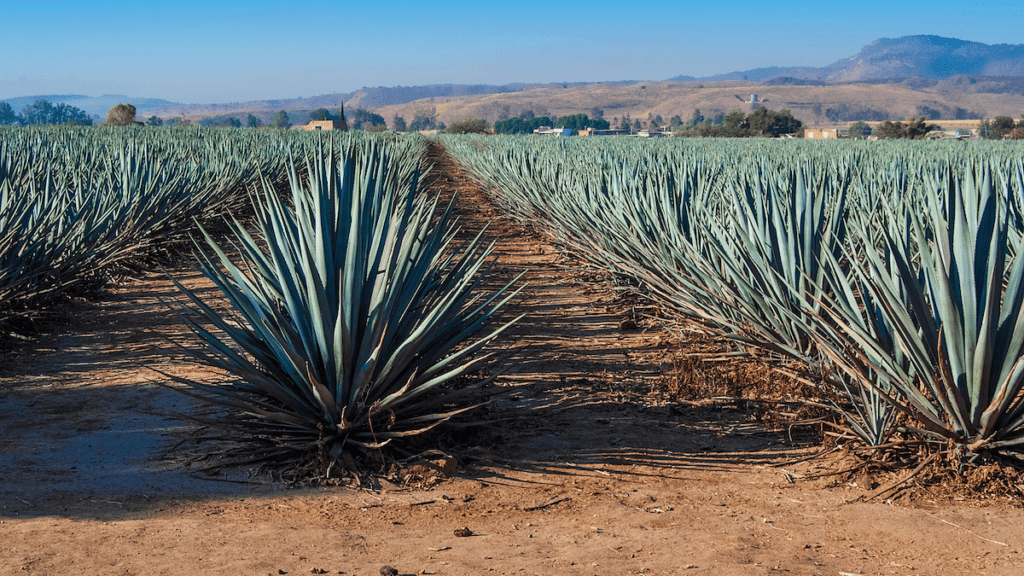Including desert specimen plants (yucca rostrata, yucca thompsoniana, agave, sotol, cactus, etc…) can create striking texture and interest in your Texas landscapes. These plants are not only beautiful, most are also native and xeriscape options. Today i’m giving you a rundown on some tips to make sure that the planting of these desert specimens are completed successfully.
Testing Soil for Planting Desert Specimens
Desert specimens do best planted in the type of soil that is found in their native habitat. This type of soil is generally a sandy loam type of soil. Sandy loam allows for good drainage which is of utmost importance for the area you plant your desert specimens in. While these plants do not mind regular water, heavy clay soils that do not drain well will be the kiss of death to desert specimens. They simply cannot tolerate “wet feet” for prolonged periods.
You can test to see if you will need to amend your soil before planting desert specimens by doing a simple test.
- Dig a hole in the area you desire to plant. Dig the hole the dimensions you would need if the plant would be situated there (at least 10″ larger in diameter of the pot it is currently in and as deep as the pot).
- Fill up the hole with water from a hose
- Note the length of time it takes for the water to drain completely out of it.
- If it takes 20 seconds or longer, you will need to either find another area with soil that drains appropriately, or amend the soil with amendments like: lava sand or other sand products, or expanded shale to assist with proper drainage.

Proper Ways to Plant Desert Specimens
If your desert specimen arrives in a plastic container, these are the steps to properly get it out of the container and plant:
- Carefully cut the bottom off of the plastic container with a utility knife.
- Position the pot with your desert specimen in the hole.
- Carefully run the utility knife vertically up the side of the plastic pot, trying to disturb the roots as little as possible.
- If your soil is sandy and loamy, just backfill with soil around the rootball, making sure that the soil around plant is level with the surrounding soil. If your soil is heavy clay, amend the backfill soil with the soil amendments mentioned in the testing soil section above.
If your desert specimen arrives in a wooden container, follow these steps for proper planting:
- Knock the bottom of the wooden container out with a rubber mallet.
- Position your desert specimen in the hole.
- Knock out the sides of the wooden container, taking care to disturb the roots as little as possible.
- If your soil is sandy and loamy, just backfill with soil around the rootball, making sure that the soil around plant is level with the surrounding soil. If your soil is heavy clay, amend the backfill soil with the soil amendments mentioned in the testing soil section above.

Extra Planting Tips for Desert Specimens
This is a reminder for the hole size when planting desert specimens in the ground. All holes should be at least 10″ larger in diameter than the container your plant is originally in and only as deep as the container.
If you begin to dig and realize that you cannot dig as deep as the nursery container, you can try “berm planting”. Berm planting is a method that uses the following steps:
- Try to dig at least 8″ down into the soil .
- Place plant in hole and remove the bottom and sides of container as noted above in planting tips.
- Cover the rootball of the plant by building a pile of soil up around it. The rootball should be entirely covered by the end of this step.
- Placing decorative rock or other landscape material around this “berm” will help prevent the soil from eroding away. (The picture above shows mulch used around the berm of these plants.)
- Your desert specimen is now situated above the heavy clay soil that would otherwise be surrounding the rootball. This helps to allow for adequate drainage.
I hope these planting tips will help any of you that are considering adding desert specimens to your landscapes. Come take a look at the many varieties of these plants that Rainbow Gardens carries. They are some of our favorites.
~The Happy Gardener, Lisa Mulroy


Can you include a desert plant in with your regular plants for interest?
Hi Mary,
As long as you keep in mind the watering needs of all plants involved. Desert plants require far less water than many common plants chosen in the landscape. However, if you are choosing to incorporate them with other native, xeriscape type plants they would work great. Or if you can water discriminately, so you can choose to water all your other plants and skip the desert plants from time to time.